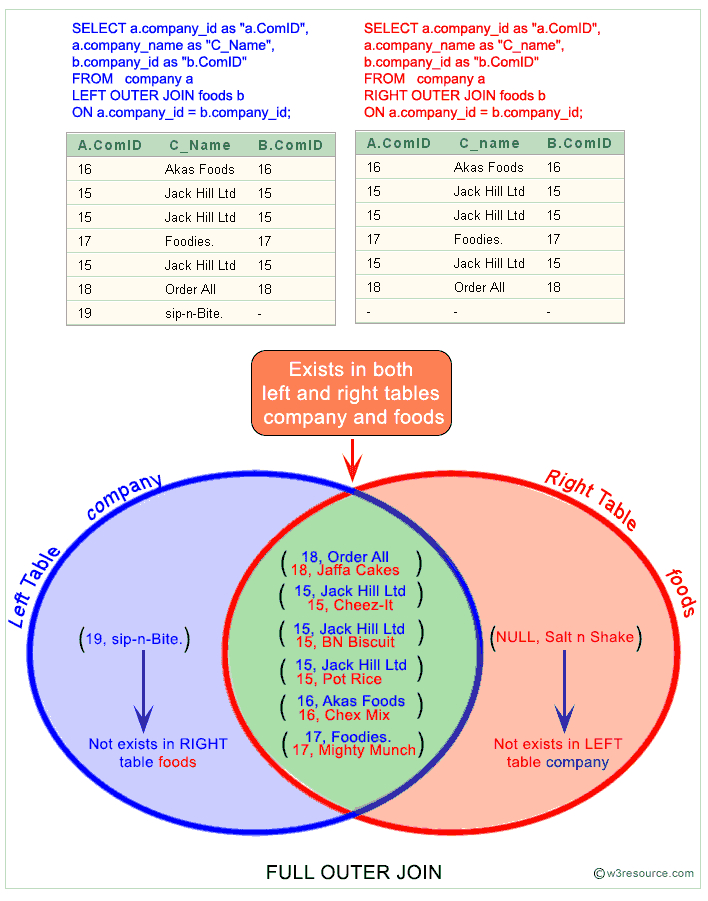原文地址:(https://www.w3resource.com/sql/joins/perform-a-full-outer-join.php)
What is Full Outer Join in SQL?
In SQL the FULL OUTER JOIN combines the results of both left and right outer joins and returns all (matched or unmatched) rows from the tables on both sides of the join clause.
Syntax:
SELECT * FROM table1 FULL OUTER JOIN table2 ON table1.column_name=table2.column_name;
Syntax diagram - FULL OUTER JOIN
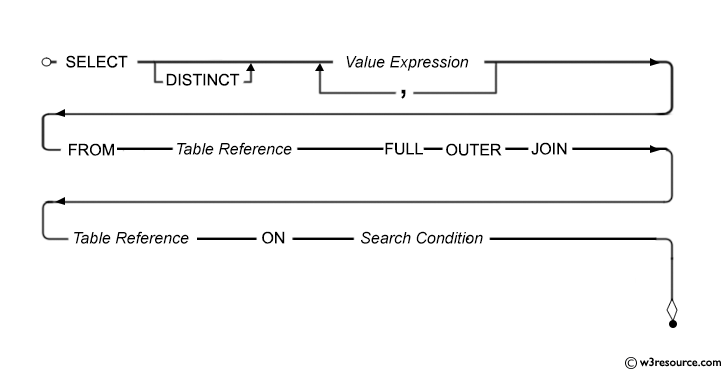
Example: SQL FULL OUTER JOIN
Let’s combine the same two tables using a full join.
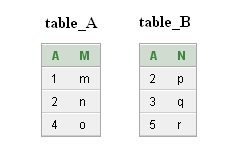
SQL Code:
Output:
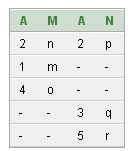
Because this is a full join, all rows (both matching and nonmatching) from both tables are included in the output. There is only one match between table table_A and table table_B, so only one row of output displays values in all columns. All remaining rows of output contain only values from table table_A or table table_B, with the remaining columns set to missing values
only one row of output displays values in all columns explain below -
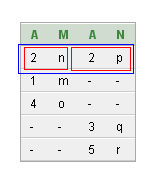
Pictorial Presentation: SQL FULL OUTER JOIN
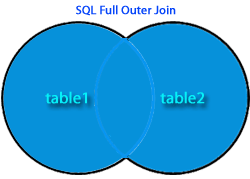
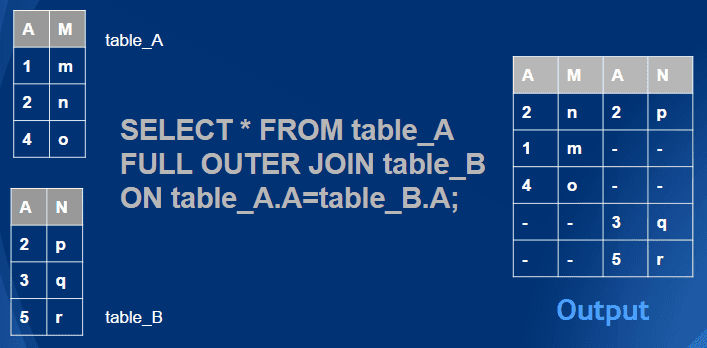
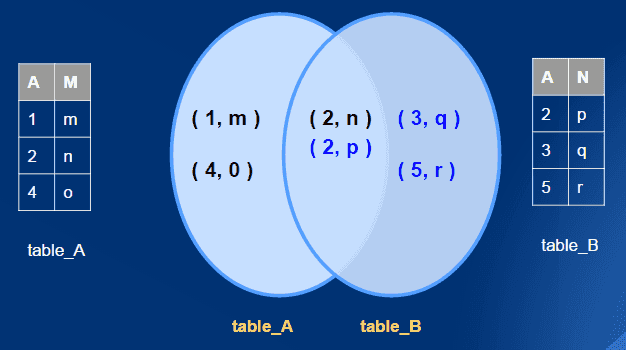
Example: SQL FULL OUTER JOIN between two tables
Here is an example of full outer join in SQL between two tables.
Sample table: foods
Sample table: company
As we know the FULL OUTER JOIN is the combination of the results of both LEFT OUTER JOIN and RIGHT OUTER JOIN, so, here we are going to describe how FULL OUTER JOIN perform internally.
Pictorial Presentation:
Here is the SQL statement which returns all rows from the 'foods' table and 'company' table using "FULL OUTER JOIN" clause.
SQL Code:
Output:
a.ComID C_Name b.ComID I_Name
---------- ------------------------- ---------- -------------
16 Akas Foods 16 Chex Mix
15 Jack Hill Ltd 15 Cheez-It
15 Jack Hill Ltd 15 BN Biscuit
17 Foodies. 17 Mighty Munch
15 Jack Hill Ltd 15 Pot Rice
18 Order All 18 Jaffa Cakes
Salt n Shake
19 sip-n-Bite.
FULL OUTER JOIN using WHERE clause
We can include a WHERE clause with a FULL OUTER JOIN to get return only those rows where no matching data between the joining tables are exist.
The following query returns only those company that have no matching food product in foods, as well as that food product in foods that are not matched to the listed company.
Output:
a.ComID C_Name b.ComID I_Name
---------- ------------------------- ---------- ---------------
19 sip-n-Bite.
Salt n Shake
FULL OUTER JOIN using UNION clause
A UNION clause can be used as an alternate to get the same result as FULL OUTER JOIN
Here is the example:

Here is the SQL statement:
SELECT table_a.A,table_a.M,table_b.A,table_b.N FROM table_A FULL OUTER JOIN table_B ON table_A.a=table_b.A ORDER BY table_A.A;
FULL OUTER JOIN using LEFT and RIGHT OUTER JOIN and UNION clause
The following code is, the combination of LEFT OUTER JOIN and RIGHT OUTER JOIN and combined by, using UNION clause
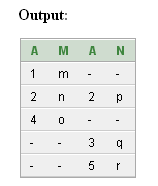
Note: Outputs of the said SQL statement shown here is taken by using Oracle Database 10g Express Edition.
Click on the following to get the slides presentation of all JOINS -
Here is a new document which is a collection of questions with short and simple answers, useful for learning SQL as well as for interviews.
